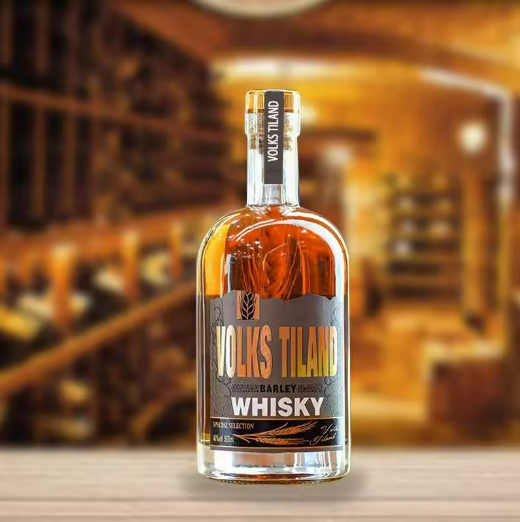
In the alcohol industry, although there are some common bottle shapes traditionally associated with specific alcoholic beverages, it does not necessarily mean that fixed bottle templates must be strictly used.
Traditionally, certain bottle shapes may have formed a certain association with specific types of alcohol, such as the commonly used flat round bottles for brandy, and sometimes square bottles for whisky. Such designs may have historical, cultural, or market habits.

However, with the development of the times and the increasing demand for innovation, many brands will also break through tradition and adopt unique and personalized bottle designs to attract consumer attention and showcase brand characteristics. So it’s not that different types of alcohol can only use specific fixed templates, which has a lot of flexibility and creative space.
Of course, in some cases, following the traditional shape of a wine bottle can also leverage consumers’ existing cognitive and emotional connections to quickly convey the characteristics of the wine. However, whether to use a fixed template ultimately depends on various factors such as brand strategy, market positioning, and design philosophy.

The design of wine bottles needs to consider the following factors:
Brand image: It should be in line with the brand’s positioning, philosophy, and style, and be able to convey a unique brand personality.
Product characteristics: such as wine type (Baijiu, red wine, beer, etc.), quality, flavor, etc., the design should reflect these characteristics.
Target audience: Consider the preferences, aesthetics, and consumption habits of the target consumers to ensure that the design can attract them.
Ergonomics: The shape should be easy to grip, tilt, and open, making it comfortable and convenient to use.
Safety: Ensure the material is sturdy, effectively protect the liquor, and prevent damage and leakage.
Display effect: There should be sufficient attractiveness and recognition on the shelf, which is conducive to product display and sales.
Cost factors: including design costs, material costs, etc., to ensure economic feasibility.
Production feasibility: The design should be able to adapt to existing production processes and technical conditions.
Environmental friendliness: Try to use environmentally friendly materials to reduce their impact on the environment.
Our company has unique experience in this field. If you want to learn more, please feel free to contact us at any time
Contact Us





